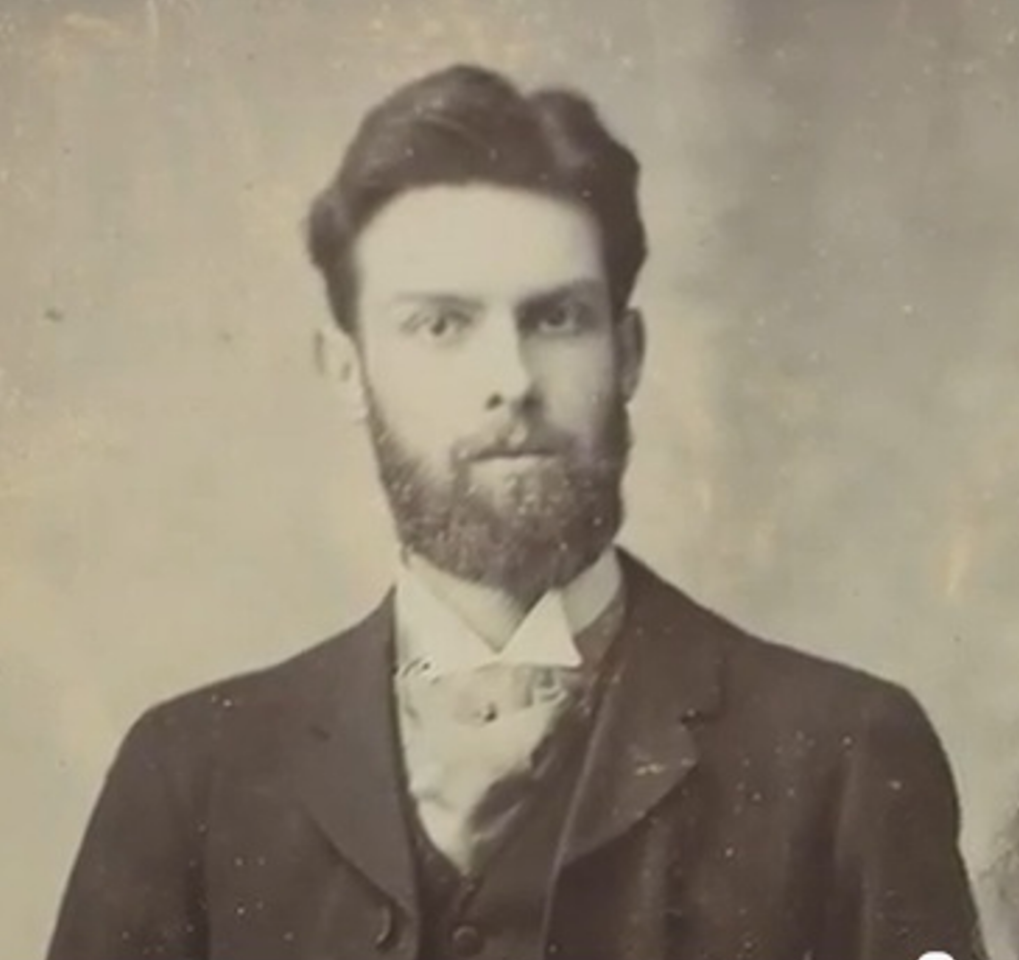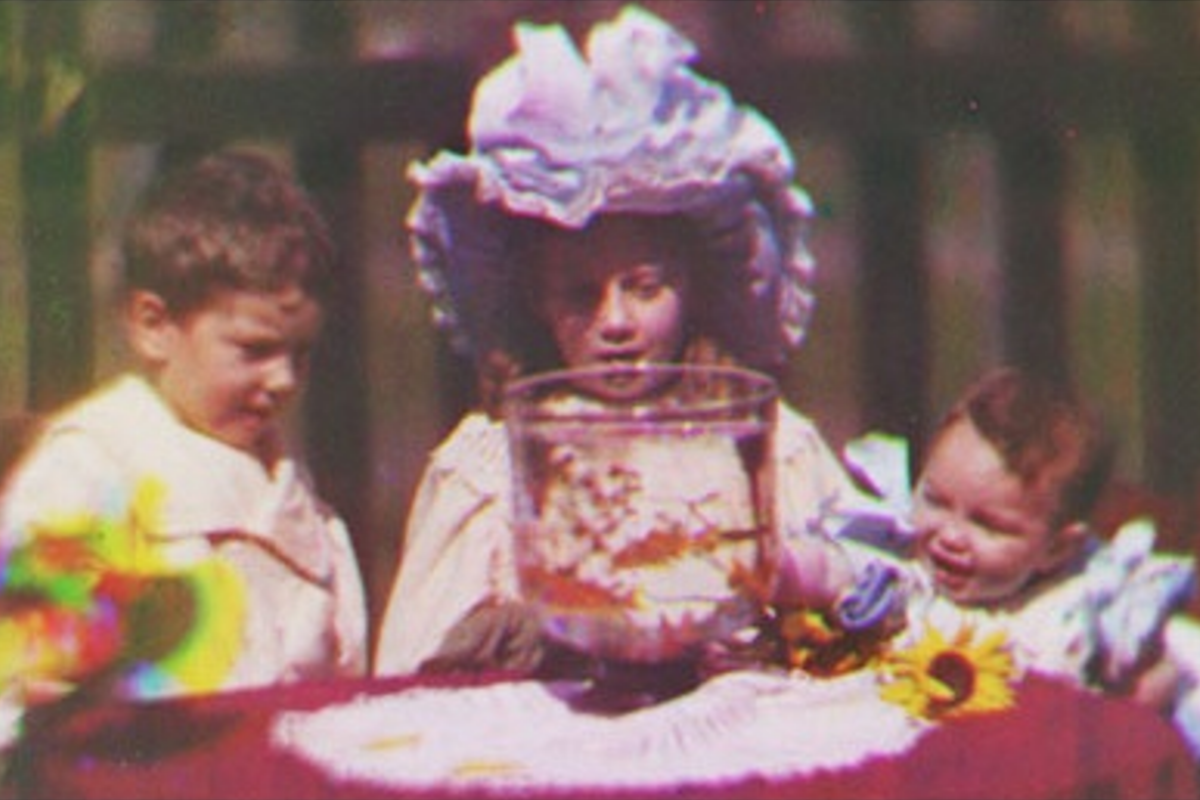A piece of history has been rescued from oblivion with the National Media Museum in Bradford, United Kingdom, revealing a restoration of the first known color motion picture. Shot as a test reel by British inventor Edward Raymond Turner (1873 - 1903) in 1901/2, it was long thought to have been a practical failure until restored by the museum, which is showing the film to the public for the first time 110 years after its making.
Backed financially by Frederick Lee, Turner didn’t use photosensitive dyes the way later color film stock did. Instead, he used what is called an “additive” process, which he patented in 1899. If you look at the film, you’ll see that it looks like it’s in black and white. What Turner did was to place a wheel containing a blue, green and red filter in front of the film.
As the film ran through the camera, the wheel turned, bringing a different filter before each frame. The first frame would be shot in blue light, the second in green and the third in red. Though each frame was black and white, each recorded the intensity of the color it was exposed to. By running the film through a projector with the same filters synchronized with the correct frames, the quickly passing frames are projected in sets of three to combine in the viewer’s eye and the result is color.
It wasn’t a perfect process by any means. The colors were blurry and having to project through filters made the images unnaturally dark, but when history is being recorded, that’s like complaining that Edison’s first phonograph recording was a bit scratchy.

The restoration of the film was carried out by Michael Harvey, Curator of Cinematography at the National Media Museum and film archive experts Brian Pritchard and David Cleveland. Because the film isn't a standard size and won’t fit in any modern projector, it had to be copied to 35 mm film before being converted into digital files. This was a long, painstaking process involving a custom-built gate into which the film had to be placed by hand for every individual frame.
This resulted in a scan rate of about 25 frames per hour with no way to know if the process had worked until the files had been processed. Then a digital team combined each three-color frame set into a single frame. This last step reproduced Turner's technique of projecting the sets simultaneously to form a single image
By restoring Turner’s film, the museum team not only preserved a valuable historical artifact, they also proved that the film could be projected. But that wasn’t enough for the restorers. According to Harvey, “we sat in the editing suite entranced as full-color shots made 110 years ago came to life on the screen. The image of the goldfish was stunning: its colors were so lifelike and subtle. Then there was a macaw with brilliantly colored plumage, a brief glimpse of soldiers marching and, most interestingly, young children dressed in Edwardian finery. I realized we had a significant find on our hands. We had proved that the Lee and Turner process worked but it remained to identify who those children were and establish as precisely as possible when these first color images were made.”
A thorough documentary search was carried out, which established that the film was made in 1901/2 – making it the oldest known color motion picture – and the subjects were identified as being most likely the three Turner children, Alfred Raymond Turner (1898 - 1994), Agnes May Turner (1896 - 1920) and Wilfred Sidney Turner (1901 - 1990).
The film has never been shown before because Turner died suddenly of a heart attack in 1903 before he could build a projector for it and the film was long thought to be impractical to show. However, Turner’s work did not end with him. One of his other backers, the American film entrepreneur Charles Urban (1867 - 1942) went on to develop the process with filmmaker George Albert Smith (1864 - 1959) to produce Kinemacolor, the first commercially successful color film process, in 1906. Regrettably, Turner’s widow never received royalties for the fruits of her husband’s work.
The film is on display at the National Media Museum in Bradford.
The video below is from the National Media Museum features Michael Harvey and David Cleveland discussing the film.
Source: National Media Museum via the BBC






